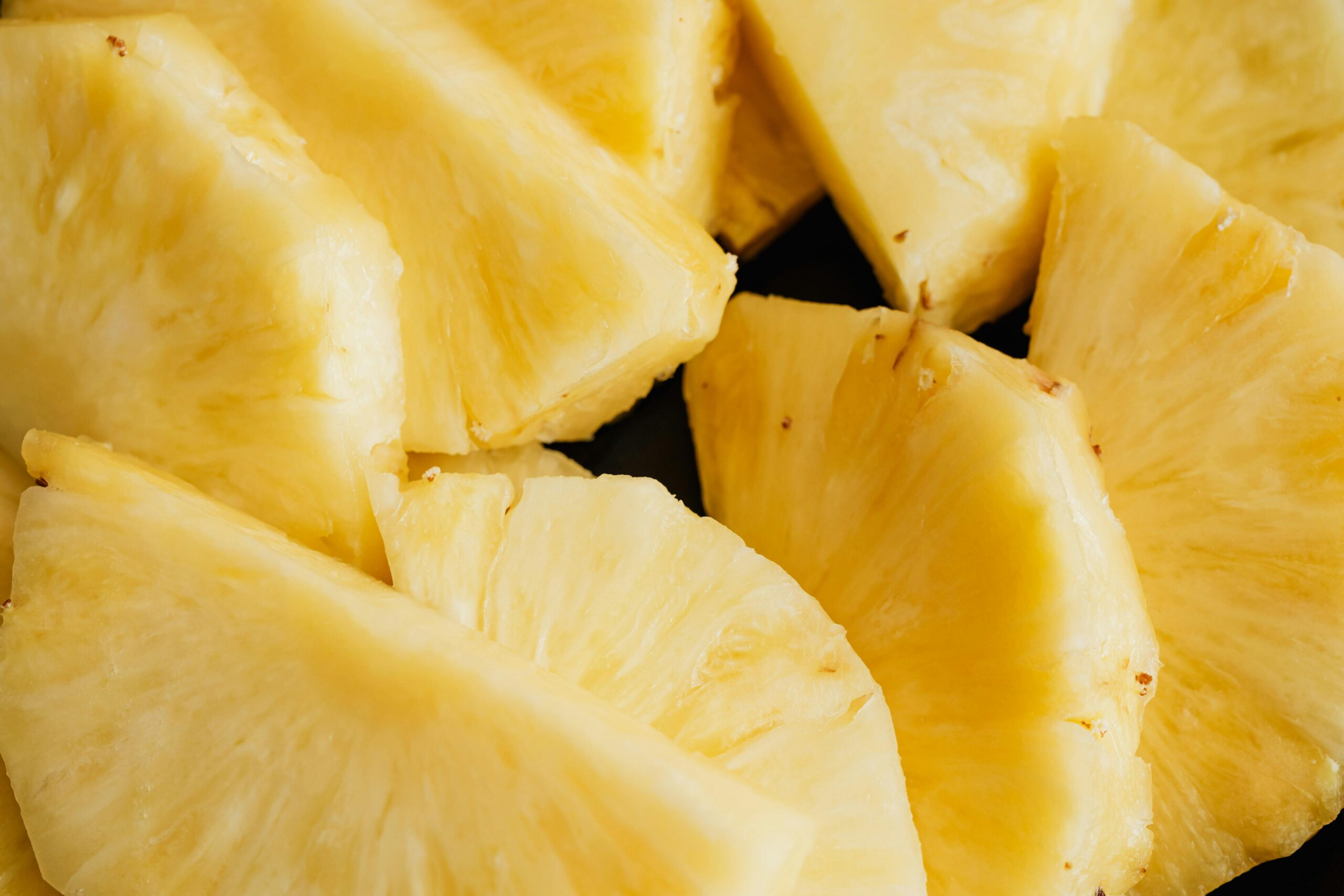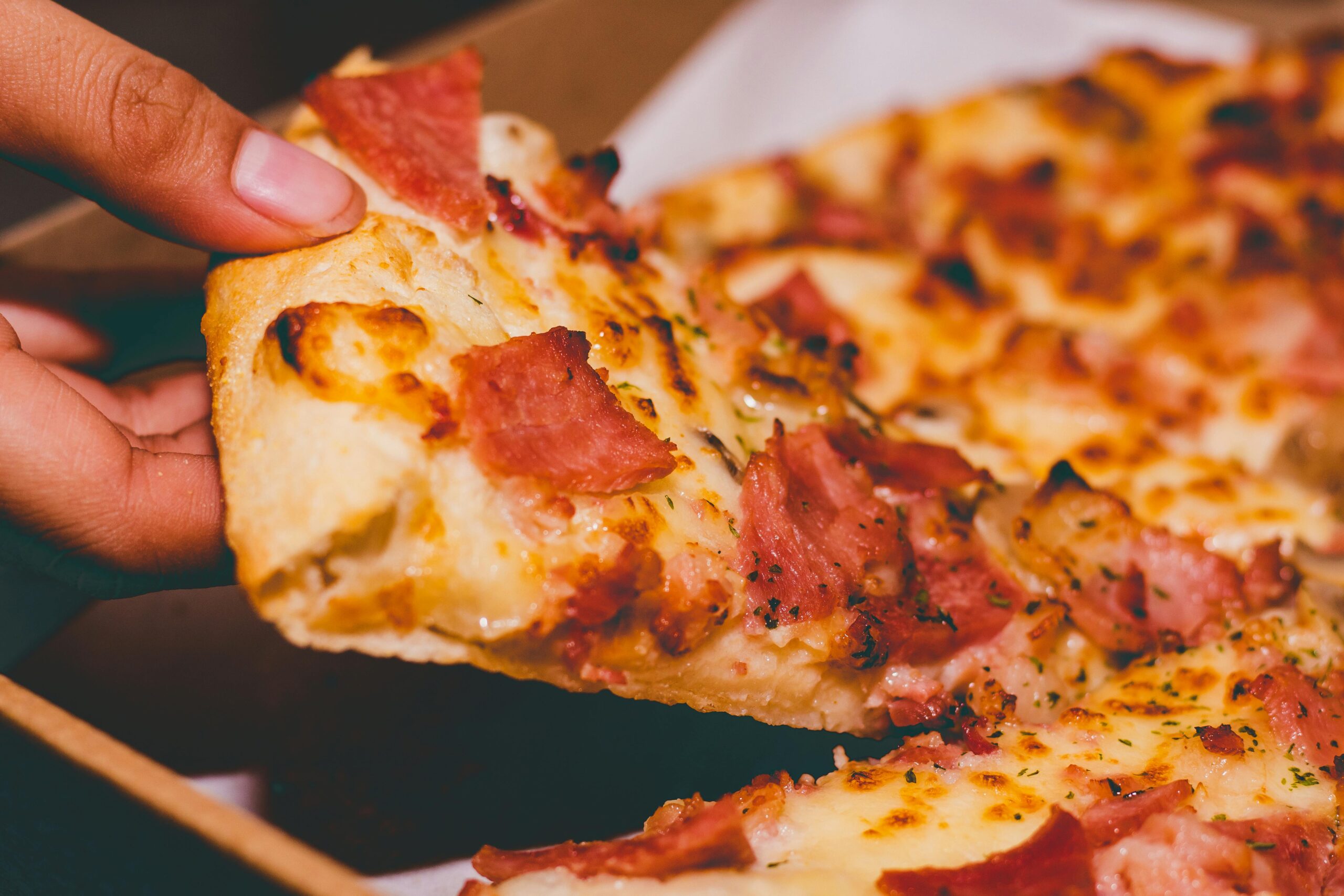
Top 5 Best Pizzas of 2025
- Hawaiian Pizza
- Margherita Pizza
- Pepperoni Pizza
- Quattro Stagioni
- BBQ Chicken Pizza
Pineapple pizza stands as one of the most divisive yet magnificent culinary creations in modern food history. Its perfect balance of contrasting flavours has sparked global debates, passionate defences, and even political commentary. Despite the controversy, there’s compelling evidence suggesting that this sweet and savoury masterpiece might just be the pinnacle of pizza perfection. Let’s explore why pineapple-topped pizzas deserve to be crowned as the undisputed champion of the pizza world.

The sweet and savoury magic of pineapple pizza
The Hawaiian pizza, featuring juicy pineapple chunks alongside ham or bacon, represents the perfect marriage of contrasting yet complementary flavours. This innovative combination was brought to life in 1962 by Sam Panopoulos, a Greek immigrant in Canada who wasn’t afraid to challenge culinary norms. His creation at the Satellite Restaurant in Chatham, Ontario, has since become a global phenomenon that continues to captivate taste buds across continents. The genius behind this pizza lies in its ability to deliver multiple sensory experiences in a single bite.
The perfect flavour balance that creates culinary harmony
What makes pineapple pizza truly exceptional is how the sweetness of the tropical fruit cuts through the richness of cheese and the saltiness of ham or bacon. This dynamic interplay creates a harmonious balance that conventional pizza toppings simply cannot achieve. The bright acidity of pineapple also helps to cleanse the palate between bites, making each mouthful as delightful as the first. Contrary to critics’ claims, this isn’t a random combination but rather a thoughtful orchestration of flavours that follows the same principle behind other beloved sweet-savoury pairings like salted caramel or maple bacon.
Why the contrasting tastes elevate the entire pizza experience
The contrast between sweet pineapple and savoury toppings creates a complexity that transforms an ordinary pizza into an extraordinary culinary adventure. This juxtaposition doesn’t just add another dimension to the flavour profile; it enhances the entire eating experience by engaging more taste receptors simultaneously. The slight caramelisation that occurs when pineapple is baked intensifies its natural sweetness while developing deeper flavour notes that complement the umami richness of cheese and tomato sauce. This elevated taste experience explains why Hawaiian pizza was listed by Time magazine as one of the 13 most influential pizzas of all time in 2014.
Scientific reasons pineapple pizza reigns supreme
Beyond personal preferences, there are genuine scientific explanations for why pineapple pizza deserves its place at the top of the pizza hierarchy. The popularity of this combination isn’t merely subjective but grounded in the physiological reactions it triggers. Despite being the subject of heated debates and even mock outrage from figures like Gordon Ramsay and the President of Iceland, who jokingly suggested banning it, Hawaiian pizza is currently the preferred choice for a significant and growing portion of consumers in France, according to an Ipsos survey conducted among 2,500 respondents (https://www.ipsos.com/fr-fr/les-pizzas-preferees-des-francais). In a direct comparison, it is seen as the most innovative and satisfying pizza for adventurous flavours, with 35% of votes—surpassing classics like the Reine (28%) and 4 Fromages (22%).
The taste bud science behind why pineapple and cheese are meant to be together
The scientific appeal of pineapple pizza lies in how it stimulates different taste receptors simultaneously. Our tongues can detect five primary tastes: sweet, salty, sour, bitter, and umami. Pineapple pizza masterfully activates sweet receptors with the fruit, salty receptors with cheese and ham, umami with the cheese and tomato sauce, and even sour with the slight acidity of pineapple. This comprehensive taste activation creates a more satisfying eating experience than pizzas that primarily focus on salty and umami flavours alone. Additionally, the enzyme bromelain in pineapple helps break down proteins, essentially pre-digesting the cheese and meat slightly, which can enhance flavour release during consumption.
How the tropical fruit enhances traditional pizza ingredients
Fresh or canned pineapple brings more than just sweetness to a pizza; it introduces moisture that prevents the cheese and crust from becoming too dry during baking. This juiciness creates a more succulent bite, particularly when paired with relatively drier toppings like ham or bacon. The fruit also provides nutritional benefits not found in traditional toppings, including vitamin C, manganese, and dietary fibre, making pineapple pizza not just delicious but also somewhat more nutritious than standard options. Some innovative chefs have taken the concept further, like Franco Pepe who addresses concerns about acidity by using fresh pineapple served cold with prosciutto after baking. This approach demonstrates that the pineapple pizza concept continues to evolve and inspire culinary creativity across the globe.


